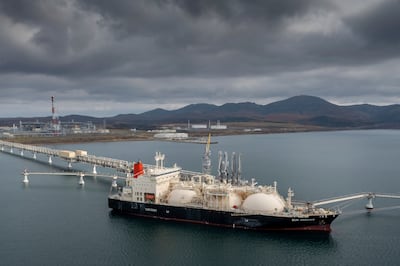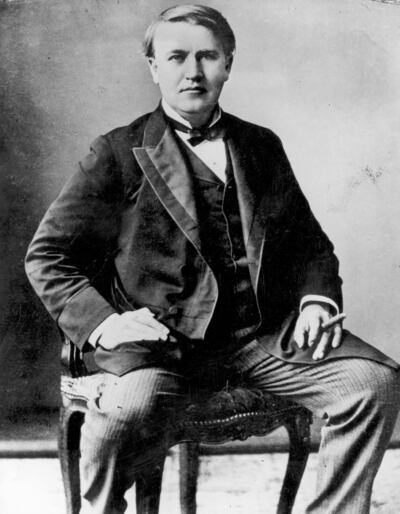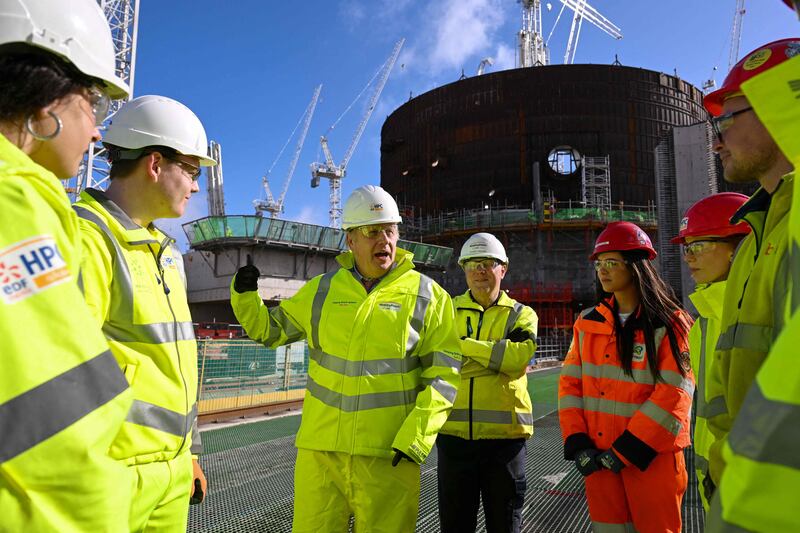Great moments of international or economic crisis are well identified as catalysts for extensive reform in the years that follow. That's why it is well worth studying the big themes behind UK Prime Minister Boris Johnson's energy strategy that was unveiled last week.
The main headline was a framework for eight new nuclear power stations through an accelerated approvals process. The target for offshore wind capacity was raised fivefold to 50 gigawatts by 2030 with new targets for solar and onshore turbines as well. The showstopper, though, was a real push for hydrogen.
Read correctly, the UK sees hydrogen as the real bridge fuel to the future. Arguments over "green hydrogen" and "blue hydrogen" were set aside for a real drive to carve out a role for the clean tech power source. Thought through, the strategy paper wants to remake Britain as an almost fully electrified country.
The make-up of the UK energy system relies heavily on two parallel systems. There is the national grid that provides lighting and power for appliances. But when it comes to homes, there is mostly gas on offer.
That means a home or a residential building has a water-based heating system. A heavily engineered boiler fed by gas provides hot water throughout the building both for washing and other needs as well as heating radiators. Of course this boiler relies on electricity for its own management, thermostats and smart metering.

In the teeth of an energy crisis that has seen prices of natural gas double and forecast to double again, the whole set-up has become anachronistic. Or at least that is what hindsight is likely to assess at some point over the next decade.
By making British homes fully electric, Mr Johnson would complete the 19th-century Thomas Edison vision.
Transport systems seem likely to go electric in short order, too. The government is doubling down on private cars targets – wanting half of new vehicles to be fully electric models by 2028.
These two drives are why hydrogen is the lynchpin of the whole project. It offers the promise of renewables acting as a 24-hour, 365-day steady source of power. Excess power generated when the wind is blowing hard but grid demand is low – for example at night – can be diverted to electrolysis, splitting water into hydrogen and oxygen.
The idea that transport would be caught up in a "Betamax v VHS" battle between hydrogen and batteries now seems to be for the birds. Instead, the grid will supply power either for mobility through rechargeable batteries or steadily directly to homes and charge points.
The strategy has come under fire. For one, the UK can reduce energy demand substantially just by sealing up Britain's leaky homes. The plan has also been widely criticised for not really addressing the immediate crisis at hand.

This issue is not just a big systemic problem. It acerbates the already the variable nature of demand and supply. The figures for last year show that average daily demand can peak at around 35GW but go below 28GW. Renewables, meanwhile, can contribute as much as 11GW but as little as 5GW. For the moment, the UK government is sidestepping the upfront costs and dilemmas posed by both high prices and inefficient end users. But it may be that if Russia can be faced down and the supply crunch eases, that is a gamble worth taking.
London also has an issue with politicians on the right that want to ape the US domestic shale revolution. Mr Johnson is criticised by his own supporters for his thrall to green goals. At a time of rising energy prices, this is the one ideological political threat to his political base (there are plenty of dangers arising from his personal behaviour, but that is a separate issue) with the potential to go horribly wrong.
The UK is not alone on taking a big leap on hydrogen – Italy is about to sign a deal with Algeria and Germany is seeking to source solar generated supplies from Australia – but it is striking how it is ready to push the adaptation of the emerging technologies so aggressively.
By looking to both big nuclear plants and small modular reactors developed by aero-engine maker Rolls-Royce, the UK is also recognising that the stability of the power system is crucial. It also has a good chance of emerging as a leading engineering supplier of these systems for the rest of the world.
Change is coming very fast even if the timelines in the UK strategy are what seems quite far away, like 2030 and 2050. There is no dearth of imagination in the plans either and Mr Johnson can fairly proclaim he has seen the future.
For the length and breadth of the UK, and very probably the world, the lesson is clear: the future is coming fast and it is wired.





